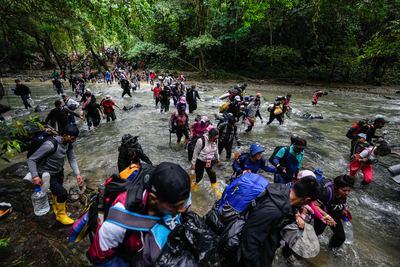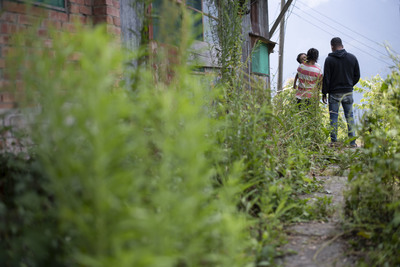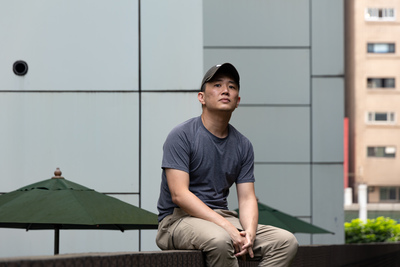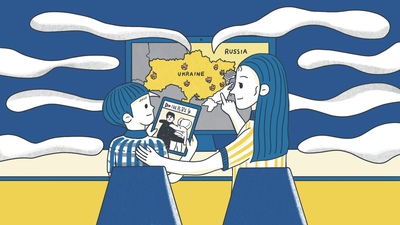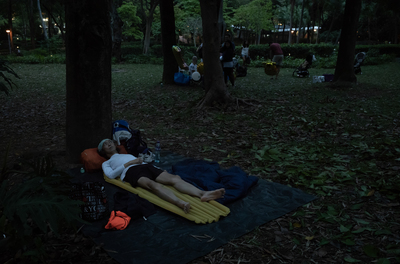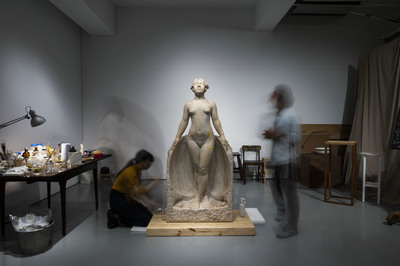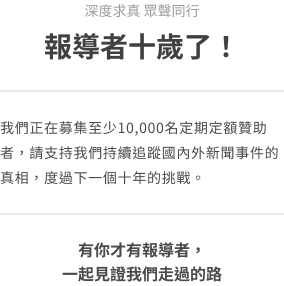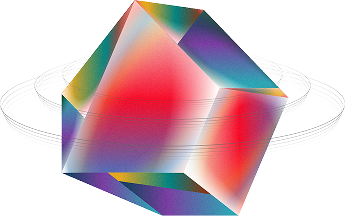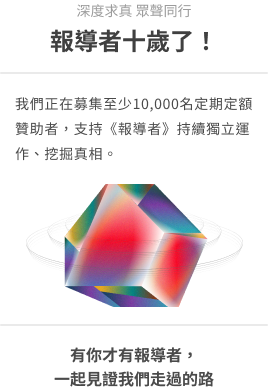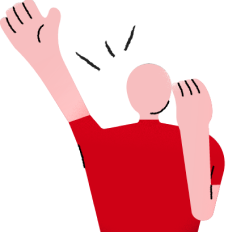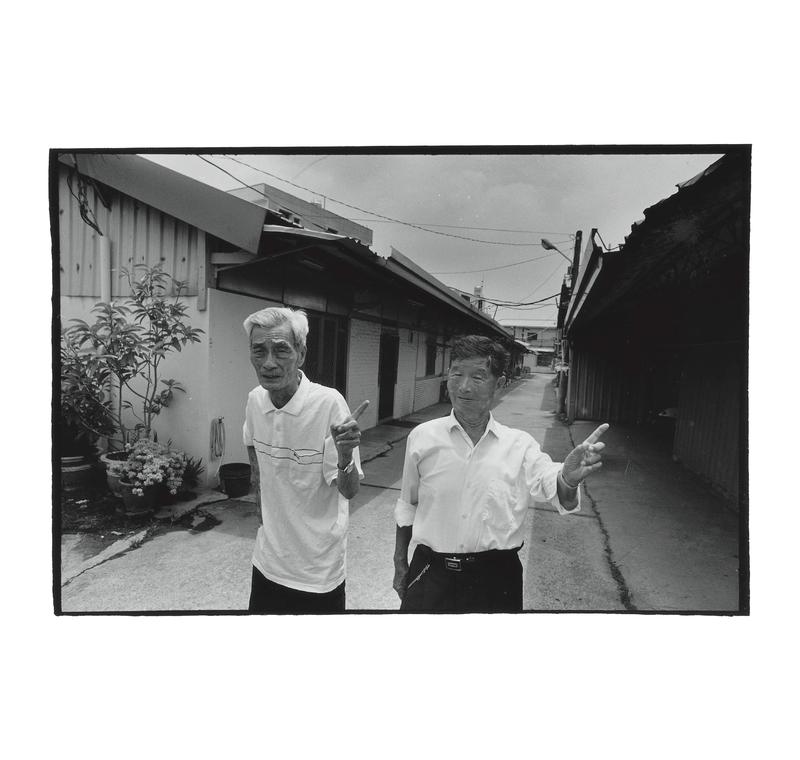
The families of 228 Massacre victims in Chiayi recount the losing battle of the local militias and the senseless violence that came afterwards.
On the afternoon of March 2nd 1947, a few dozen youths from Changhua and Taichung stood in front of the fountain at the Chiayi train station, and called upon their fellow citizens to set fire to the mayor’s residence. The mayor quickly jumped the residence walls, and fled to the military police for help.
Word of the February 28 uprising in Taipei — and the subsequent formation of the 228 Incident Settlement Committee to negotiate the demands of the Taiwanese to the Chinese Nationalists (KMT) — had reached Chiayi.
On March 3rd, the Chiayi branch of the Settlement Committee was established. Tan Hok-tsi (陳復志), the local chapter leader of the KMT-affiliated Three Principles Youth Group, was appointed commanding officer of the local militia. Local militias were forming all over central Taiwan, including some from the Tsou in Alishan, and they decided to meet in Chiayi to coordinate an attack on the military police.
But the KMT was well equipped to fend off an attack. On the 4th, the mayor and the military police retreated to an encampment in Chiayi’s Sanzaiding neighbourhood. From there, the KMT bombarded the city center from the hills, leading to many civilian casualties. Not long after, the mayor and other Mainlanders retreated to Tsui-siong Airport (水上機場 present-day Chiayi Airport) on Hongmaopi (紅毛埤) Mountain.
The Chiayi militias captured a KMT ammunitions depot on Hongmaopi on the 7th, but there were few guns and ammo left for them to use. They needed to capture Tsui-siong Airport to stem the flow of KMT soldiers coming into Chiayi. On March 9th, KMT soldiers at Chiayi received an airdrop from Taipei, and the militia’s plan to capture Tsui-siong was not successful.
Emboldened with new supplies and ammo, soldiers stormed nearby Liucuo Village (劉厝里) from the airport, killing three people on the way there, and ten more people on the way back.
On March 11th, a battalion from the 21st Division arrived at the airport and the reinforcements pressed on into Chiayi. The next day, another regiment and the Southern Defense Command led by Peng Meng-chi (彭孟緝) touched down at the airport.
That night, the Settlement Committee asked Tan Hok-tsi, Tan Ting-pho (陳澄波), Phuan Bok-tsi (潘木枝) and Kho Lin (柯麟) to go the airport to negotiate with the KMT. Upon entering the airport premises, they were arrested, and only the three female members of the Settlement Committee were allowed to leave.
On March 25th, Tan Ting-pho, Phuan Bok-tsi, Kho Lin and Lu Bin-chin were executed.
Chiayi saw some of the worst civilian casualties of the 228 Massacre:
- On March 18th, Tan Hok-tsi was paraded through the streets and executed at gunpoint in front of the train station.
- Painter Tan Ting-pho’s disciple Ouyang Wen (歐陽文) was arrested in Tainan in 1950 and sentenced to 12 years in prison.
- On a night in early March, Png Nai-biao (方賴嫑) was struck by a stray bullet and ignored as soldiers looted her home and beat her second son Png Tsin-lai (方振來) to death.
- On March 23rd, Soo Hien-tsiong (蘇憲章), director of the Shin Sheng Daily News (新生報), was executed among others.
- On April 22nd, Ng Ma-tian (黃媽典), mayor of Puzi (朴子) was executed.
- Wooden clogs seller Tan Tinn-to (陳甜桃) was killed by a stray bullet as she stood in the arcade in front of her own house.
- Kang Tsin-iu (江振猷) left his home to buy medicine for his mother and never returned.
- Soldiers stormed the home of Lim Kim-sing (林金城) and demanded 200,000 yuan for his release. He ultimately died a violent death.
- Lim Kim-sing’s wife, Lim Ng-phang (林黃紡) was injured in a separate incident during 228. On her way home to Hsinkang, Ng-phang caught a stray bullet in her left thigh.
- Lim Tshua-tang (林蔡桐), a driver for the Highway Bureau (公路局), was arrested as he entered Chiayi Station and was never seen again.
- Hi Sam-kui (許三貴), a tailor in Meishan, was arrested by a Fujianese official over a private dispute, and on May 5th he was paraded through the streets and executed.
- Four good samaritans — Tsiong Kui-iu (鍾季友) an accountant for the Taiwan Sugar Company, Tan Hian-tsong (陳顯宗) son of Chiayi Middle School principal Tan Khing-guan (陳慶元), as well as Lua Iau-khim (賴耀欽) and Khu Tshong-jin (邱創仁) — encountered a group of KMT soldiers at Kia-a-thau while escorting two Mainlanders to a KMT office. They were tied to a tree and stabbed to death for their efforts.
- In 1952, Peace Times (和平日報) reporter Lo Kim-tshiann (羅金成) and his brother Lo Hoo-siong (羅雨祥) were arrested for their connection to the “Tsai Hsiao-chien (蔡孝乾) case”. Tsai was a spy for the Chinese Communist Party who revealed his network of contacts to the KMT. Lo Kim-tshiann and his brother Lo Hoo-siong were later executed, and Tsai joined the KMT’s intelligence division.
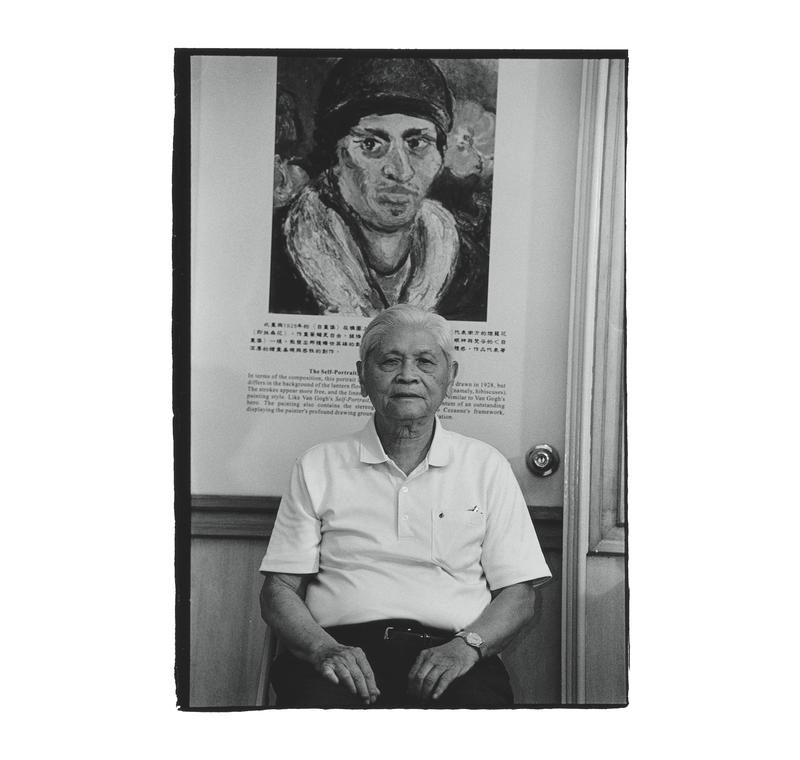
Tan Ting-pho (陳澄波)(1895-1947) Hometown: Chiayi City Interviewee: Chen Chung-kuang (陳重光) Relationship: son
My late father was a painter who studied at the National Language University (國語學校 a Japanese-era school) as well as the Tokyo University of the Arts. In 1926 his oil painting “Street of Chiayi” (嘉義街外) was selected for the seventh Imperial Art Exposition. After graduating, he went to Shanghai and became director of Western art at two art schools in the city. In 1931 his oil painting “Lucid Water” (清流) was exhibited at the Chicago World Fair. In 1933, he returned to Taiwan to found the Tai-iong Fine Arts Society (台陽美術協會).
After the war, he was on the organizing committee to welcome the Chinese Nationalist government, and joined the local branch of the Three Principles Youth Group (三青團). He also served as a member of the Chiayi City Self-Governance Association, and in 1946, he was elected to Chiayi City Council.
On March 5th 1947, when the Tsui-siong Airport garrison was surrounded by militias, he was selected to join the peace envoy because he spoke fluent Mandarin. Upon arriving at the airport to negotiate with the KMT on March 11th, he was arrested, along with Tan Hok-tsi, Kho Lin and Phuan Bok-tsi.
On March 25th, they were publicly executed in front of Chiayi Station without trial. Their corpses were publicly displayed for a day before my mother, Chang Chieh (張捷), resolved to take father’s corpse home. She photographed his remains as evidence of the 228 Massacre.
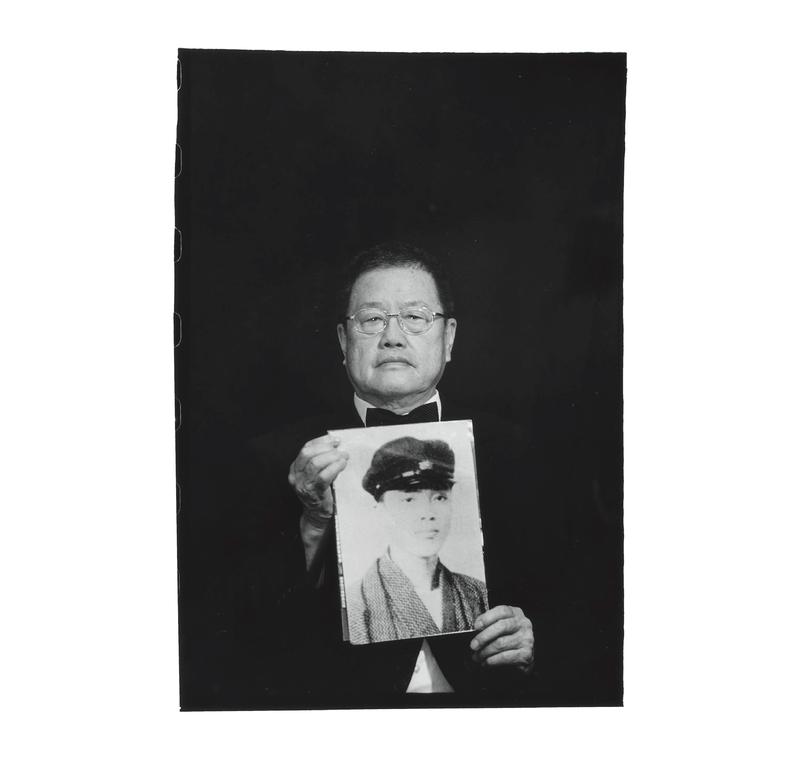
Phuan Bok-tsi (潘木枝)(1902-1947) Hometown: Chiayi City Interviewee: Pan Hsin-hsing (潘信行) Relationship: son
My late father studied at Tainan Normal School (台南師範學校 now National University of Tainan). In 1923 he was assigned to work at the Shuilin Common School (水林公學). In 1929 he tested into Tokyo Medical University. He returned to Chiayi in 1935 to take charge of Siang-sheng Hospital (向生醫院), where he was highly regarded (本地神醫). After the war, he joined the KMT and was elected to the first Chiayi City Council with the highest number of votes, and became the deputy chair.
After the Taipei uprising of February 27-28, he volunteered to treat Chinese immigrants who had gathered at Zhongshan Hall. On March 3rd, he became a member of the 228 Incident Settlement Committee. On March 11th, he stood in for chairman Tsing Ka-sing (鍾家成) to go to Tsui-siong Airport for negotiations with Tan Ting-pho, Kho Lin and others. My father did not expect that they would be detained. On March 25th, he was executed without trial in front of the train station along with Tan Ting-pho, Kho Lin, Lu Bin-ching, and four other city councillors.
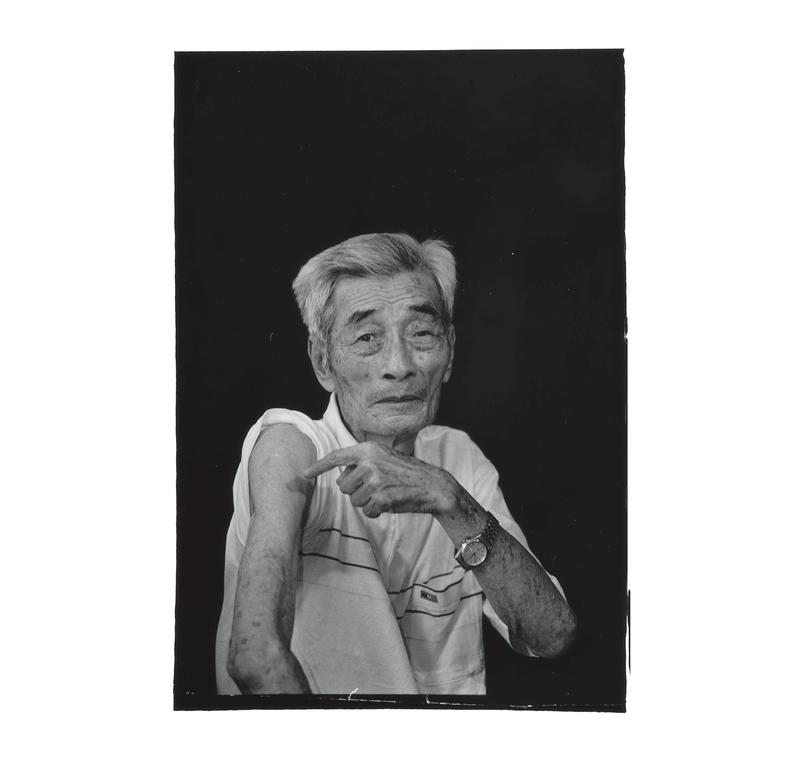
Tan Sui-lian (陳水蓮) (1921-2013) Hometown: Chiayi City Interviewee: in his own words
I attended the Shirakawa Common School (白川公學校 -- Taiwanese attended “common” schools during segregation under Japanese colonial rule; it is now Datong Elementary), and during the Japanese era I worked in city hall, where I lead occupational courses and acted as an agricultural instructor. I was also a member of the Able-Bodied Regiment (壯丁團 -- part of the community-based baojia law-enforcement system employed by the Japanese).
On March 9th, 1947, more than a hundred soldiers stormed Liucuo Village, looting homes left and right. They took the 600 yuan I had on hand, as well as my suit. A foreman and I were taken and tossed into a nearby warehouse. When soldiers later burst into the warehouse, they fired a bullet over my right shoulder, swaggered off, and began to pilfer everything in sight, forgetting that the foreman and I were even there. There were 13 people in the village who were taken away, executed on the way back to the airport and thrown into a ditch. I was lucky to avoid this fate, and I am the only survivor to witness what happened at Liucuo Village that day.
Taiwanese people do not have a good impression of Mainlanders and will never forget what happened that day. Even after 65 years, from the bottom of my heart, I loathe the brutality of those Mainlanders.

Khu Lian-tshun (邱連春) (1899-1947) Hometown: Chiayi City Interviewee: Chiu Ching-yun (邱慶雲) Relationship: son
My late father was a farmer. On March 9th 1947, KMT soldiers arrived by plane to Chiayi, and the soldiers who had retreated to Tsui-siong Airport struck out. That evening, they surrounded Liucuo Village while my father was at home watching over the cattle in the pen. Unable to hide, he was shot dead, while my mother and I hid under the bed inside. A bullet flew into the bedroom and luckily missed. Twelve other residents of Liucuo were taken back toward the airport, and halfway there, they were all killed. Their corpses were discarded in a drainage ditch between the airport and Sanhe Village (三和村).
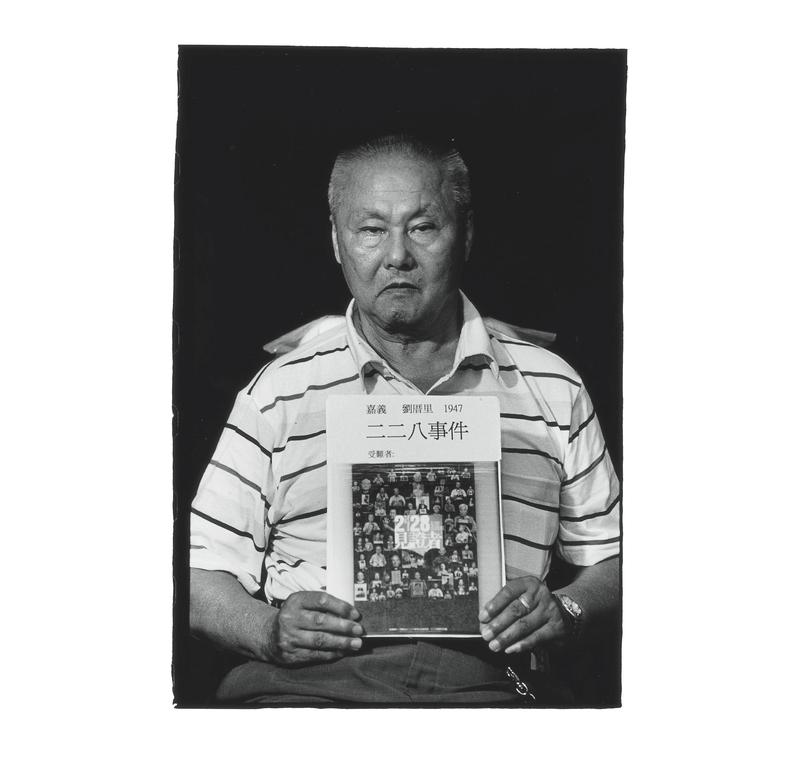
Khu Ong-tshing (邱旺松) (1918-1947) Hometown: Chiayi City Interviewee: Chiu Gwei-tien (邱桂田) Relationship: son
I was six years old when the 228 Massacre happened. When the soldiers stormed Liucuo, everyone hid in the big house in the centre of the village. Father was holding my hand when they barged into the house. They parted our hands, and took him away. We didn’t think anything bad was happening; one of the captains could even speak Taiwanese. We never expected that they would take ten or so people away. Later we heard that they were all killed in a ditch by the airport, including father. No one dared to retrieve the bodies, and eventually people went over and quietly buried the bodies by the side of the road.
Even today, I still hate the Mainlanders who killed my father, I very much hate them. At the time my father was only 29. He was an ordinary farmer who didn’t participate in anything. He died for nothing, how can I stand this? How can Mainlanders be so cruel?
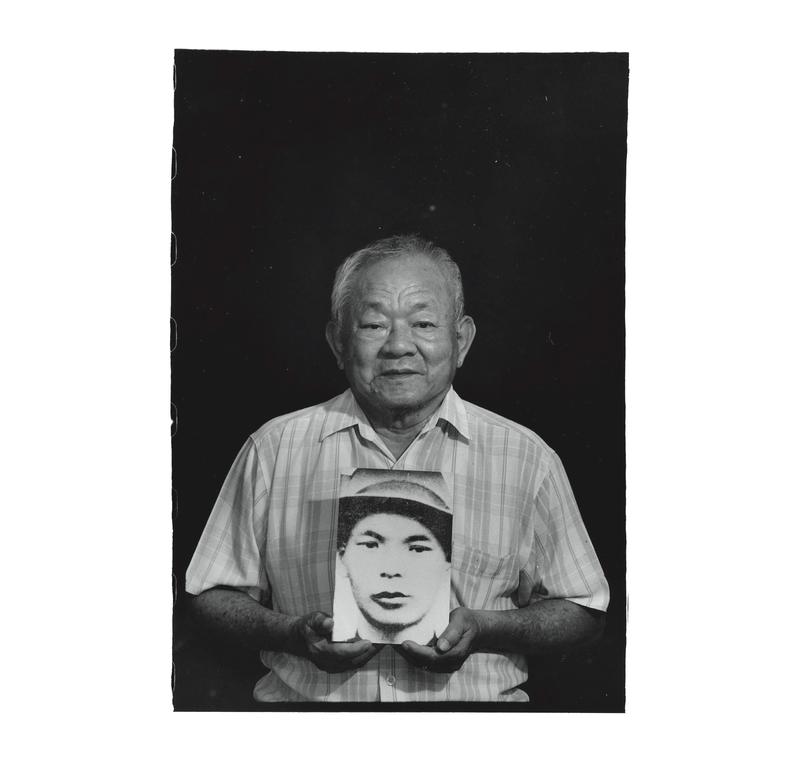
Khu Sui-ing (邱垂榮) (1906-1947) Hometown: Chiayi City Interviewee: Chiu Hsien-lang (邱顯郎) Relationship: son
My late father and mother were from Taoyuan. They studied metalworking in Lukang before moving to Chiayi where my father and his two brothers started a business making rice crackers; he also worked as a tenant farmer in Liucuo. On the night of March 9th, five or six hundred Chinese soldiers descended from the airport into Liucuo. They killed everyone in sight, believing that the village was a gathering spot for rebels. My father and other local farmers were arrested and murdered one-by-one.
Afterwards, my mother took us back to the metal factory, and I helped out wherever I could. I didn’t do my military service until I was 25, and after I was discharged I was connected to work at the Telecommunications Bureau. Eventually I passed the professional exam and worked hard to provide for my mother and five children until I retired at age 60. My mother lived until she was 99, and even in her 80s she had the health and spirit to head north and participate in 228-related demonstrations.
(To read the Chinese version of this article, please click: 嘉義的228故事:濫殺槍決 血染機場、火車站 )
深度求真 眾聲同行
獨立的精神,是自由思想的條件。獨立的媒體,才能守護公共領域,讓自由的討論和真相浮現。
在艱困的媒體環境,《報導者》堅持以非營利組織的模式投入公共領域的調查與深度報導。我們透過讀者的贊助支持來營運,不仰賴商業廣告置入,在獨立自主的前提下,穿梭在各項重要公共議題中。
今年是《報導者》成立十週年,請支持我們持續追蹤國內外新聞事件的真相,度過下一個十年的挑戰。

